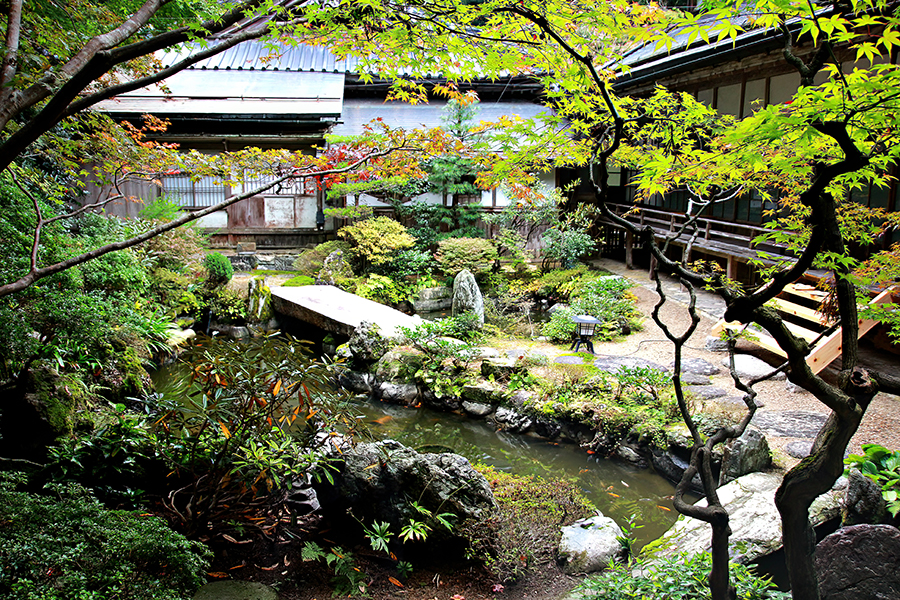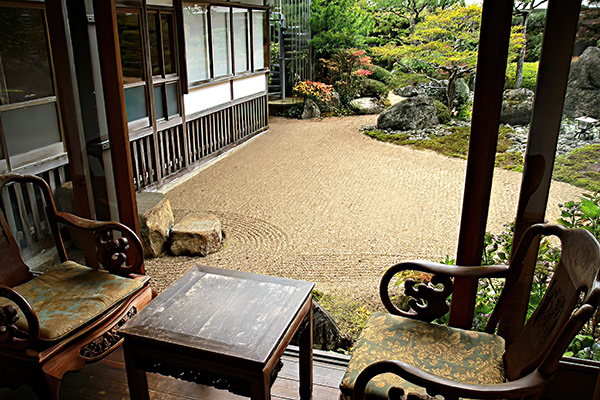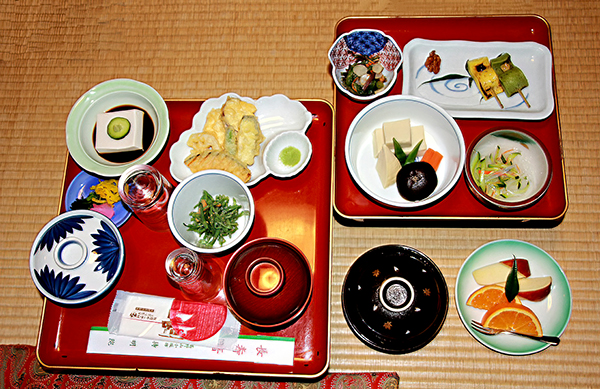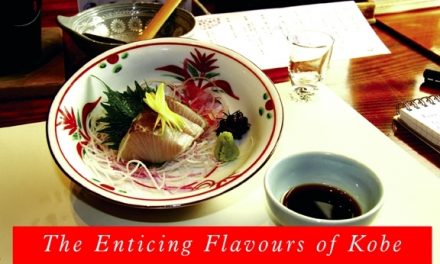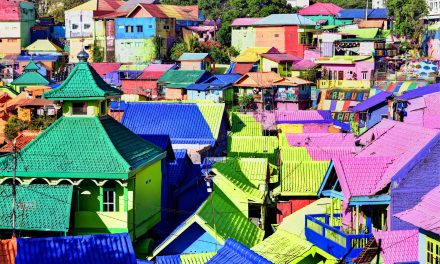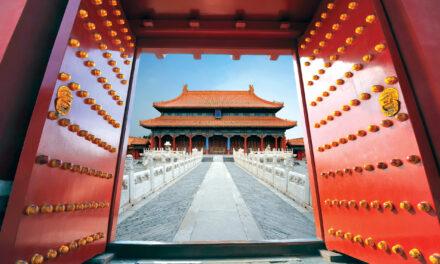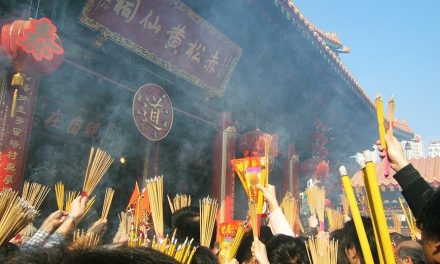- Central Garden, Jimyoin
- Our very own Zen Garden, Jimyoin
- Central Garden, Jimyoin
Stay & Play
The Jimyoin, Temple Lodging, Koyasan, Japan
Article and photography by Steve Gillick
Koyasan has long been regarded as a ‘must see’ for visitors to Japan. This legendary temple settlement in Wakayama Prefecture, south of Osaka, attracts upwards of one million pilgrims every year including travelers in search of inner reflection and inspiration.
The name Koyasan is an honorific, referring to Mount Koya where Kobo Daishi established a monastic retreat in 815 CE. Today, there are 123 temples; many of which offer lodgings but all offer encounters with serenity. After some research, we chose the Jimyoin for its spacious grounds, beautiful garden and soothing room décor.
On arrival one of the monks greeted us with a smile and led us down a long, twisting corridor to our large Japanese style, tatami-mat room. It was filled with beautiful antiques and drawings, with an alcove that overlooked our own elegant Zen garden. Our host reminded us that dinner and breakfast were included, and gave us directions to the early morning prayer service where a Buddhist priest would chant sutras; all part of our Koyasan immersion.
Koyasan is pretty easy to explore on foot and by local bus. After wandering the “downtown” area where most of the temples are located, we headed to Okuno-in, the cemetery. There, we entered a world of simple tombstones, elaborate corporate memorials (including one rocket ship) and hundreds of Jizo statues dressed in traditional red. As this was autumn, brilliant orange, red and yellow leaves graced the pathways that led to The Great Forest of Japanese Cedar, where towering trees, some 600 years old and 165 feet high, stand guard over the peaceful moss-covered Japanese lanterns and headstones below.
We visited Kongobuji, the main temple complex and the site of Kobo Daishi’s original Retreat, and spent time admiring Banryutei, a calming rock garden where the raked sand and rock placements dramatically represent a male and female dragon emerging from a sea of clouds to protect Daishi on his ascent to ‘eternal meditation’. And after viewing the elaborately ornate mausoleums commemorating the great Shogun Ieyasu Tokugawa and his son Hidetada, we entered the Reihokan Museum, to be astounded by the priceless religious treasures.
We returned to the Jimyoin for dinner, served in our room, with a presentation of incredibly delectable vegetarian dishes: Grilled tofu with miso, bamboo shoots and shitake mushroom with dry tofu, grilled fresh mountain vegetables, delicately battered vegetable tempura, velvety smooth sesame tofu (Goma Tofu – one of the specialties of Koyasan), and to end the meal, tasty miso soup and perfectly steamed rice. When our server asked us about beverages and we grinned and mentioned sake, he explained with a glint in his eye that alcoholic drinks were not allowed in the temple, but “Hanya-to” was alright to order. ‘Hanya-to’ literally refers to “attaining the supreme wisdom of Buddhism”, and is in fact, sake! Our ‘Hanya-to’ certainly brought us closer to a state of reflective meditation that evening.
All in all, the Jimyoin turned out to be the perfect place to interact with the spirit of Koyasan.
www.koyasan-jimyoin.com

